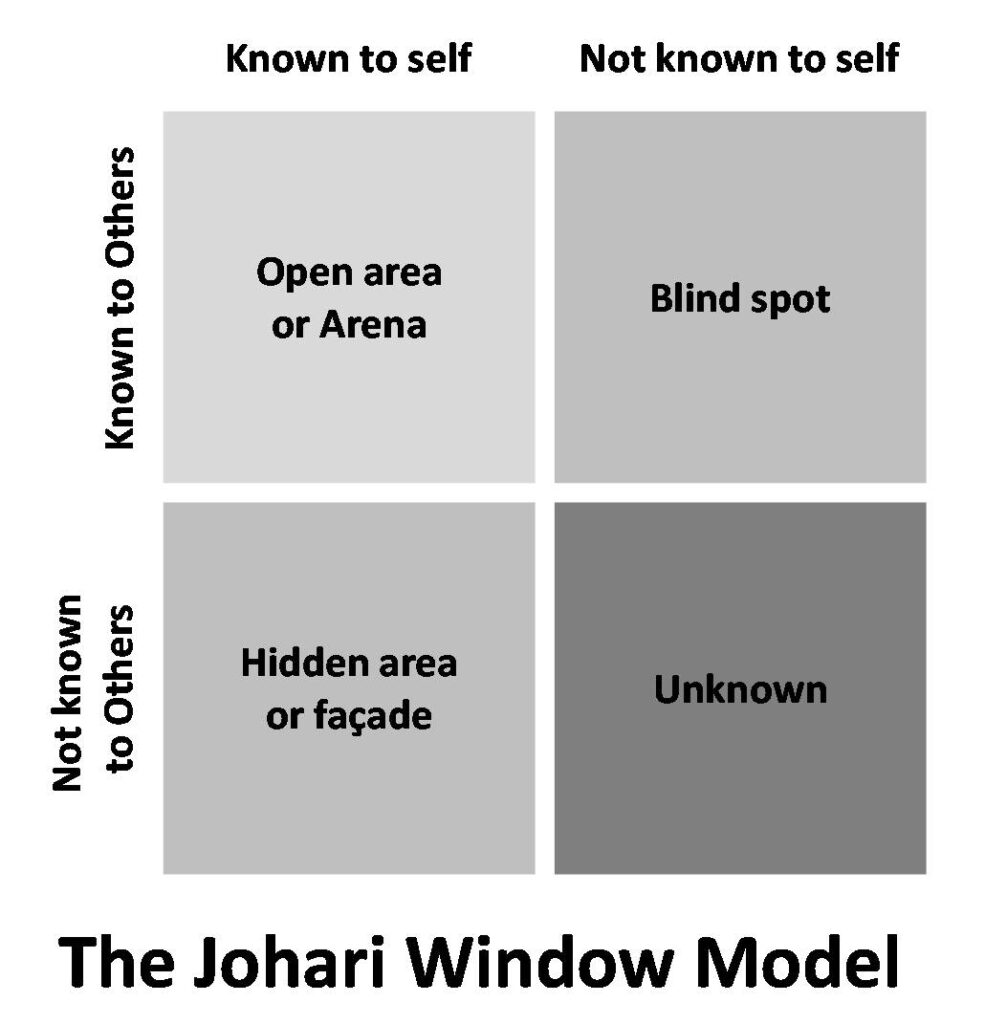I recently spoke with Doug Stewart, who holds a unique position in the home furnishings industry.
Growing up in the industry around his grandfather’s retail store, which was then passed to his father, he has worked in multiple roles with retailers and mattress manufacturers throughout his career. He has also led multiple Dale Carnegie leadership seminars over the years.
It’s his current role as vice president of business development for Dale Carnegie Training that we focused on when we spoke, and he had words of advice to offer retailers and manufacturers when it comes to leadership.
First and foremost, good leadership comes down to communication, he says. But it goes beyond saying you will do something. Stewart says you have to have evidence that you’re communicating well for you to know that you’re doing it right.
“Almost all team member problems are actually leadership problems,” he explains. Many times leaders will try to push the blame onto employees instead of taking accountability and responsibility. Am I accounting for the ability of my team member, and specifically in coaching toward that? It’s not enough to declare that you’re a certain type of leader. Instead, find out what type of person you need to be to be the best leader for each teammate.
He goes on to say that many times because a leader may have been good at that role in the past, and may even have been the best individual contributor on the team at that time, they expect the employee to be the same. But if you think about it, there are no hall of fame athletes that are also great coaches. “They were great on the team, but not great at coaching the team,” Stewart says.
When it comes to high turnover in retail, Stewart says bad leadership is often the cause, but not always.
“You should always have attrition, and that should either be up or out,” he says. “And making a judgment call solely on a resume can be difficult. An interview is when two people deliberately lie to each other. You have to really get to know the person beyond their resume — which doesn’t tell you attitude, integrity or trustworthiness.”
He adds that as leaders, you can sometimes put people in a position where they’re not successful, but it’s not their fault.
“We’ve put them in a position, either knowingly or unknowingly, where they can’t be successful,” he says. In those cases, maybe it’s time to admit it isn’t a performance problem but possibly a hiring mistake. And the best thing that you can do as a leader is to help them either move somewhere else in the organization or realize it’s not the job for them. But I think a lot of attrition happens because there’s a lack of clear communication, a lack of ability to coach and coach well and build relationships that can bear the weight of the tough conversations that need to happen to improve performance.”
He mentions the concept of the Johari Window, which can be useful for leaders to know.
The Johari Window is a psychological framework designed to enhance self-awareness and interpersonal communication. Created by psychologists Joseph Luft and Harry Ingham in 1955, the model is divided into four sections, each representing different aspects of an individual’s awareness both in terms of self-knowledge and knowledge shared with others.
Here’s a look at the four sections:
- Open Area:
- This section includes aspects of yourself that both you and others are aware of. It encompasses things like your behavior, thoughts, feelings and knowledge that you freely share with others.
- The more you share and communicate, the larger this area becomes, promoting better relationships and mutual understanding.
- Blind Spot:
- This is the part of you that others know about, but you are unaware of. These might be traits or behaviors that others observe but you fail to recognize in yourself.
- Seeking feedback from others can help uncover what lies in this area, leading to personal growth and self-improvement.
- Hidden Area:
- This includes the aspects of yourself that you are aware of but choose to keep private. These could be personal thoughts, emotions or experiences you prefer to keep from others.
- By gradually opening up and sharing more with others, this area can shrink, building trust and strengthening connections.
- Unknown Area:
- This part represents aspects of yourself that neither you nor others are aware of. It can include unconscious traits, untapped potential or hidden talents.
- New experiences, self-reflection and feedback can help explore this unknown territory, revealing more about yourself over time.
The main goal of the Johari Window is to expand the Open Area by sharing more and receiving feedback, while also reducing the Blind Spot and Hidden Area. This process encourages self-awareness and improves communication between individuals. The model fosters better understanding, greater trust and personal development in both personal and professional relationships.

So how do you apply it?
- Feedback: Regularly ask for feedback from others to bring attention to your Blind Spot.
- Self-disclosure: Share more personal thoughts and feelings to reduce the Hidden Area.
- Self-exploration: Take part in activities that help uncover aspects of your personality, shrinking the Unknown Area.
In closing, Stewart shared some of his favorite advice he’s heard about leadership, which comes from Dale Carnegie himself: “People will always want to support a world they help create.”
“When leaders see their team as their first customer, and they are in service to them, they have better employees,” he says. “You can’t treat your people like trash and expect them to treat your customers like treasure. The best way to gauge how effective you are as a leader is to see what happens when you go on vacation for a week. How things run when you’re not making all the calls can tell you a lot about yourself as a leader.”








